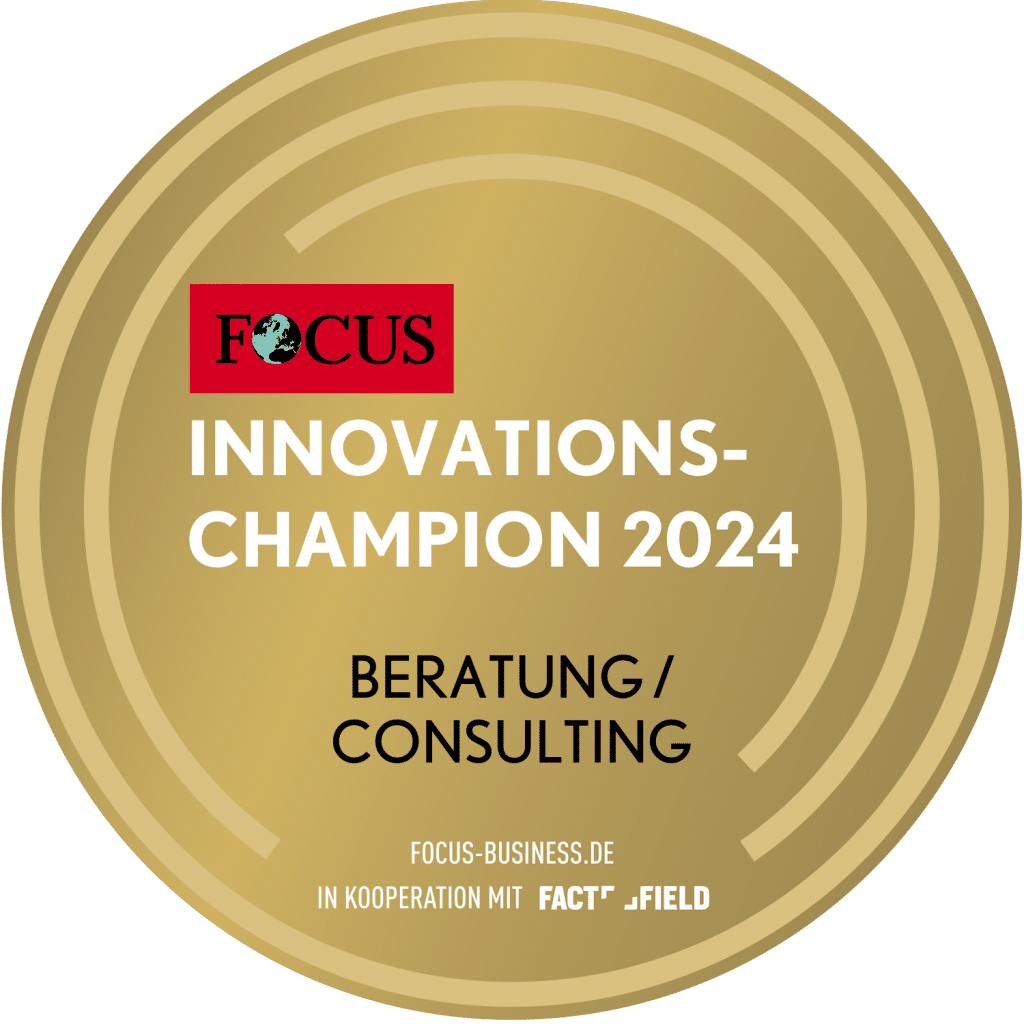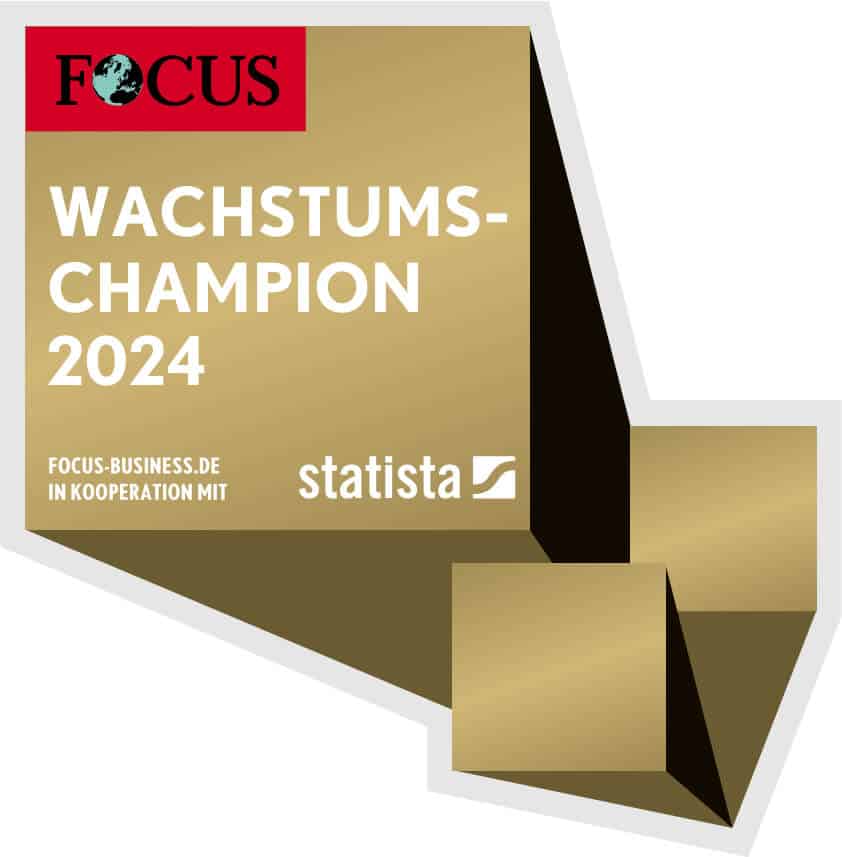Automatic, chip-supported traceability of all ingredients in perishable foods is the guarantee for the credibility of organic products, for example. RFID tags, small chips that were used to identify friends and foes during the Second World War, are particularly suitable for this purpose. These chips have been used for some time now to uniquely identify pets and farm animals. Thanks to an electromagnetic field, they have also been used for theft protection in the retail sector, for example on razor blades. However, there is enormous potential in the food industry in particular: with the help of a suitable strategy, a Transparent insight and seamless traceability of food is possible. This is proving to be a decisive competitive factor in an industry in which scandals have profoundly shaken consumer confidence.
Why the seamless traceability of food must be the goal
The main problem is the complete traceability of individual ingredients. As food inspections are becoming increasingly frequent, electronic, automatic documentation of all food processes would prove to be extremely helpful. Clear traceability, which is also comprehensible for the layperson, should be made quickly and easily accessible in this way. They should be able to see all the information about their product right from the start. In this way, trust in more species-appropriate and animal-friendly husbandry can be strengthened again. The conscious handling of food also plays a central role here.
Seamless traceability also ensures that the cold chain is maintained for the customer. For example, a delivery marked with an incorrect best-before date due to human error could be corrected before it leaves the factory. This procedure thus reduces unnecessary destruction and waste. Ideally, laboratory tests should also be attached to the batches. Scandals such as Sieber's with listeria should and must no longer occur in this form.
For meat products in particular, all information should be documented and supplemented step by step from the birth of the farm animal: From rearing to transportation to the abattoir and further processing to the refrigerated shelf where the product is finally packaged. A simple reading device, like a smartphone, then allows the end consumer to view all this information by scanning it.
Added value through differentiation - the transparent value chain
If all steps are followed, a completely transparent value chain is created. This creates a differentiation strategy that so far only comes close to the approaches described here. However, this type of differentiation is particularly important in the highly competitive market in order to continue to be successful - and not ultimately be displaced by the food retail groups' own factories. The decision to become a transparent producer, on the other hand, guarantees the end consumer quality and trustworthiness. They are more likely to choose a particular brand if they know that the meat comes from the local farmer rather than from a huge fattening plant. The seamless traceability of the food they find right in front of them in the store serves as solid proof of this
Artificial intelligence instead of artificial ingredients
The introduction of RFID transponders in a food processing company also shows that the integration of artificial intelligence has arrived in the food industry. It would exploit previously hidden potential and promote a more conscious approach to food. It is not the quantity, but the quality and especially the treatment of farm animals that are decisive factors in the meat and sausage industry, and these are also becoming increasingly important in the minds of end consumers.
Efficient strategy control thanks to the balanced scorecard
Strategy implementation can be monitored using the Balanced scorecard are reviewed. Monetary and non-monetary factors are combined. The four decisive factors are:
- Customer perspective
- Development perspective
- Financial perspective
- Process perspective.
From the customer's perspective, traceability is the most important aspect: The path of the packaged product must be traceable. The financial perspective relates to an increase in market share and an increase in turnover. Processes are optimized and quality is guaranteed at the same time. However, the development of personnel is the key point. After all, a company cannot survive without employees.
RFID tags have great potential for food traceability
In summary, it should be noted that producers in the food sector can no longer differentiate themselves positively through quality alone: The large food groups are increasingly trying to set up their own plants in order to exercise full cost control, have security and generate even more profit. One of the main advantages of existing companies is the know-how they have already acquired and learned.
In order to become more attractive to customers and end consumers from the producer's point of view, there are not many options left. One option is to become a completely transparent producer and release all information. This not only brings advantages for the consumer, but also for the customer in the food retail trade. Consumers receive information that was never previously available to them. This creates more trust and credibility. They are more likely to choose a local brand if they know that the processed animals come from a neighboring farmer who is within reach, rather than a large fattening farm in a distant region.
Ultimately, food retailers can also look forward to continuing to be able to count on their producers, to have unique developments in their product range and to be able to offer this to their customers.
This article was written by Professor Dr. Peter Steinhoff in collaboration with Katharina Kottmayr.
(Cover image: © antic | fotolia.com)


